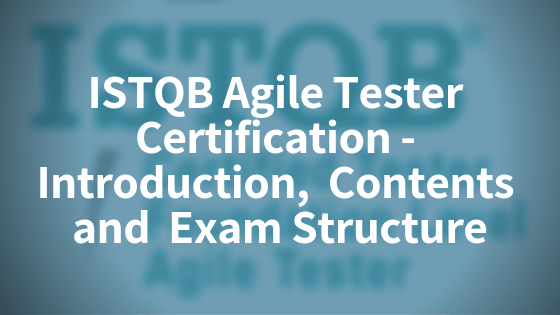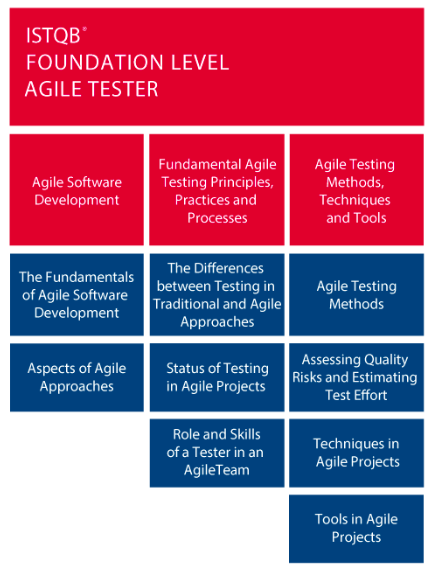Why is Early and Frequent feedback important in Agile Development?
Early and Frequent feedback is one of the key advantages of Agile Software Development methodologies.
As Agile projects have short iterations, the working code is delivered in each iteration and showcased to the customer. The showcase gives an opportunity to the customer to provide early and continuous feedback.
This overcomes the major problem with traditional development models, like Waterfall Development Methodology, in which the customer was able to see the working product only at the tail end of SDLC (Software Development LifeCycle)
At the last phases of the project in the Waterfall approach, it is too late to incorporate the issues from customer feedback.
By getting frequent customer feedback as the project progresses in each iteration, Agile teams can include most new changes into the product development process, i.e. in future iterations.
When the customer provides feedback early it becomes easy for the development team to focus on the highest business value items first. Highest business value items or items with the highest risk are delivered first in order to reduce risks in the project.
Early feedback also helps to manage work within a team effectively as there is transparency within the whole team. For example, what is the work allocated in sprint and whats the progress in each sprint?
Some of the benefits of early and frequent feedback are:
- Early feedback avoids requirement gaps, which can sometimes become more clear once the working prototype of software is showcased to the customer.
- Requirement gaps detected on later phases of SDLC in traditional development model like “Waterfall Model” are very expensive to fix, early feedback avoids this situation in Agile Development Methodology
- After each iteration of Agile Development, the customer is shown the working software built incrementally in each iteration, which helps them to see if the product actually functions the way they want it to work
- Continuous integration in Agile Development helps in identifying issues early and then resolving them
- The agile development team works out the consistent velocity and delivers the product with consistent pace until the end of the project cycle
- As the customer is involved in the whole development process, the Agile team can clarify the queries anytime in case of doubts







